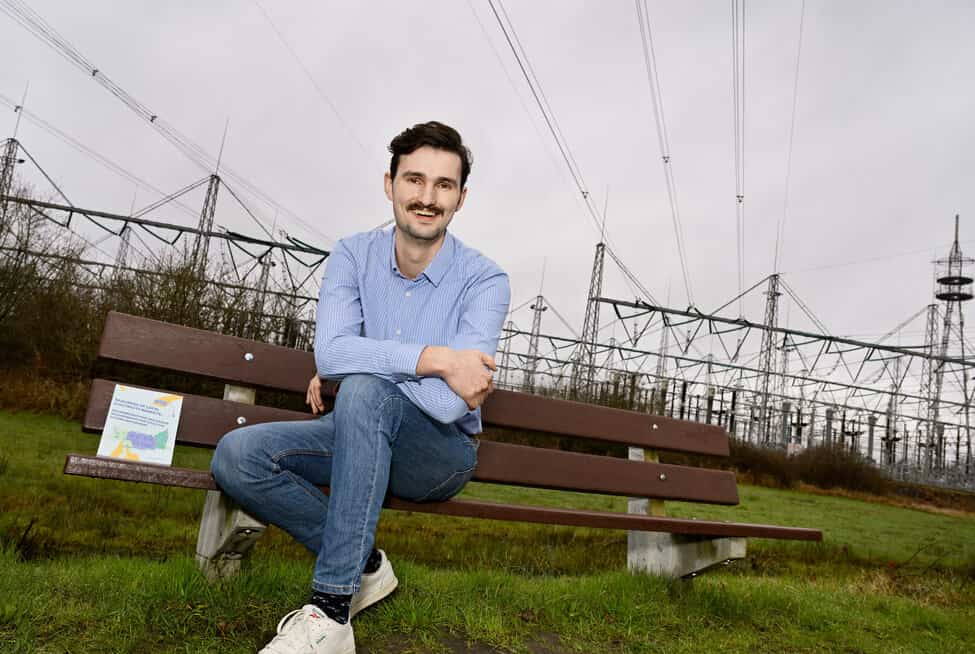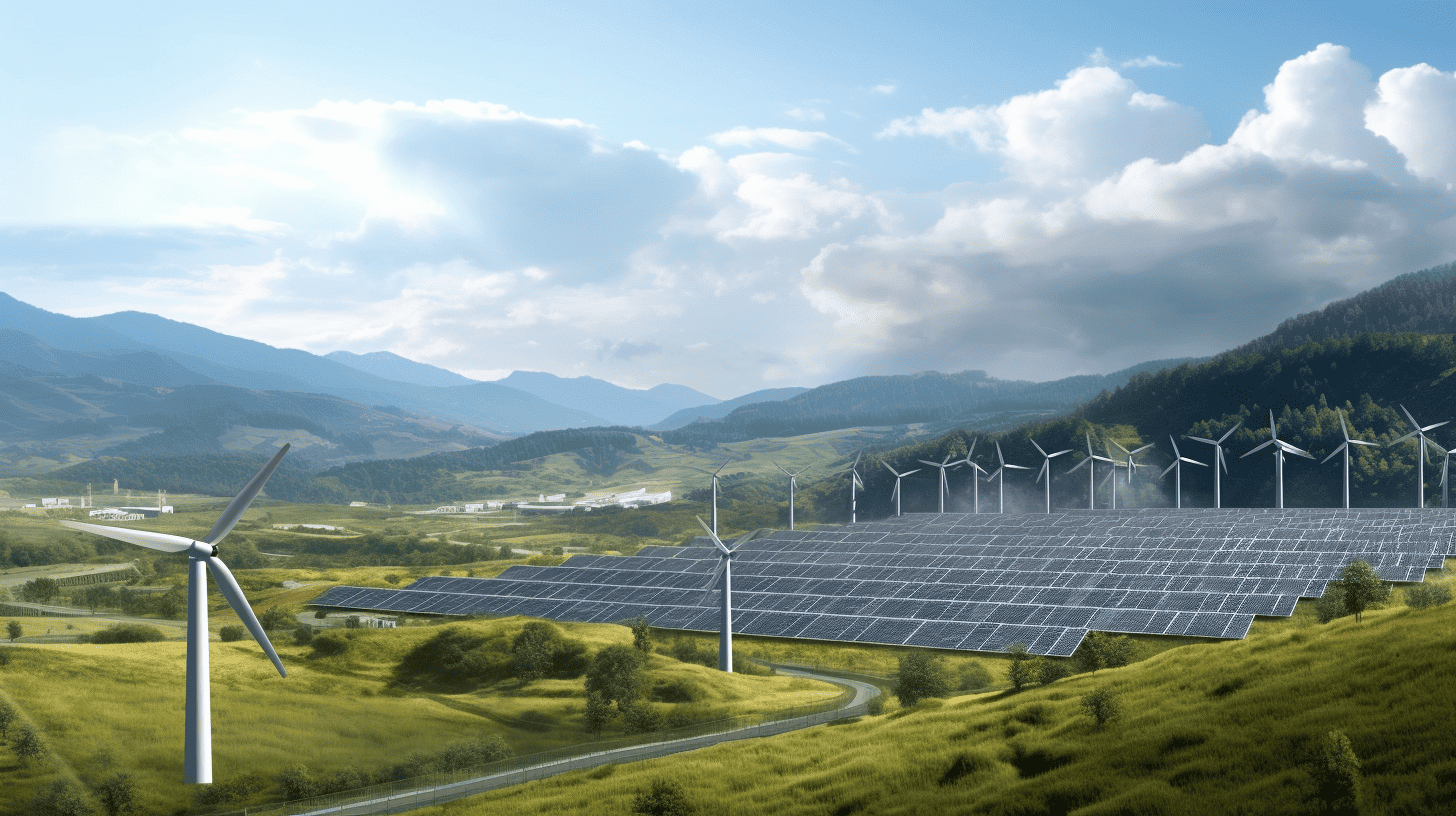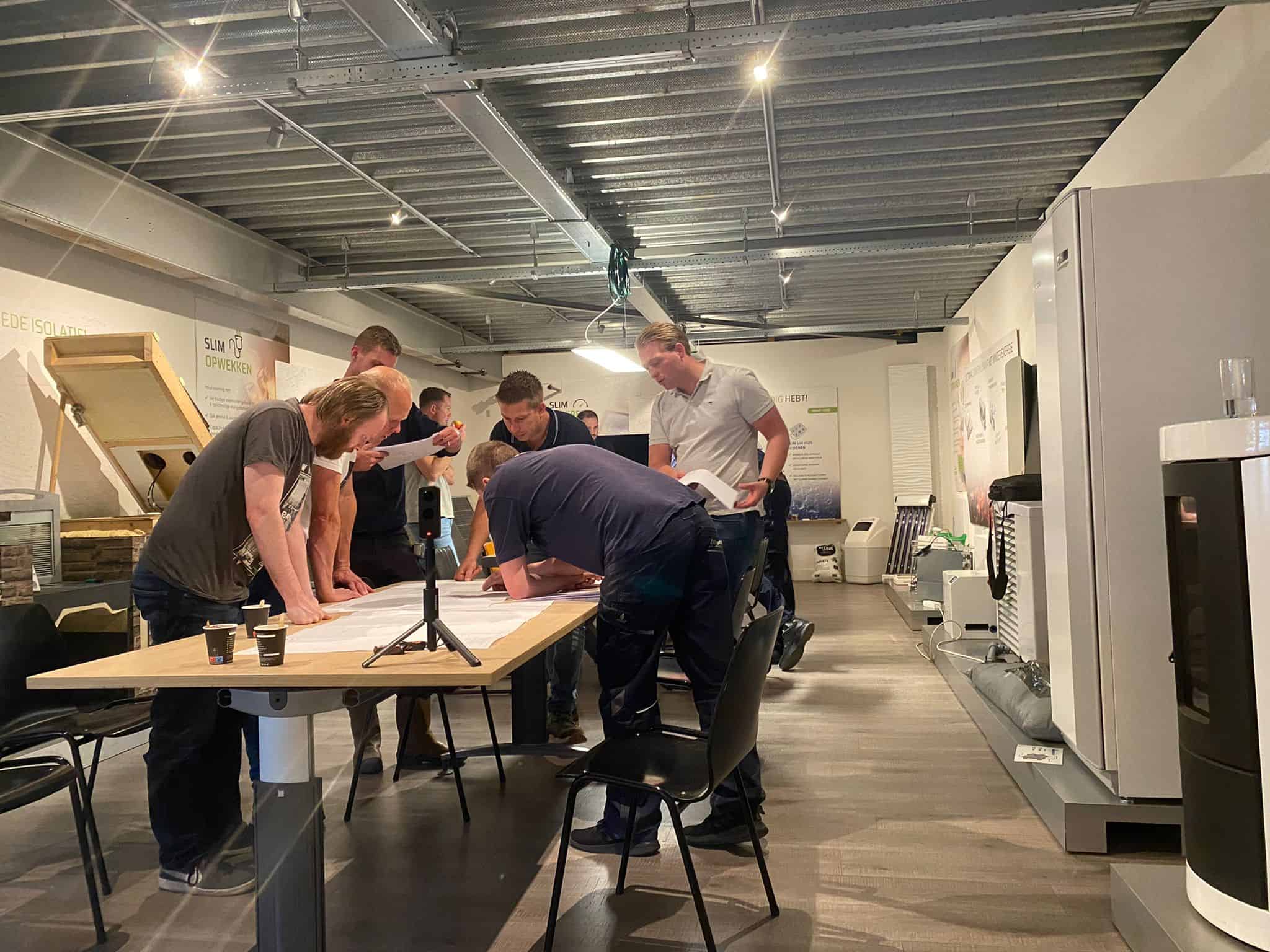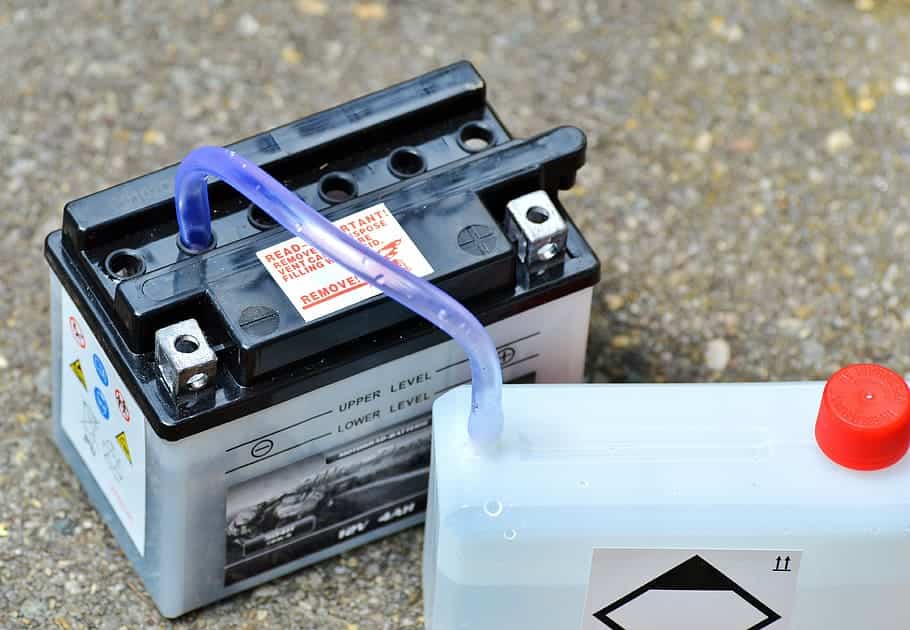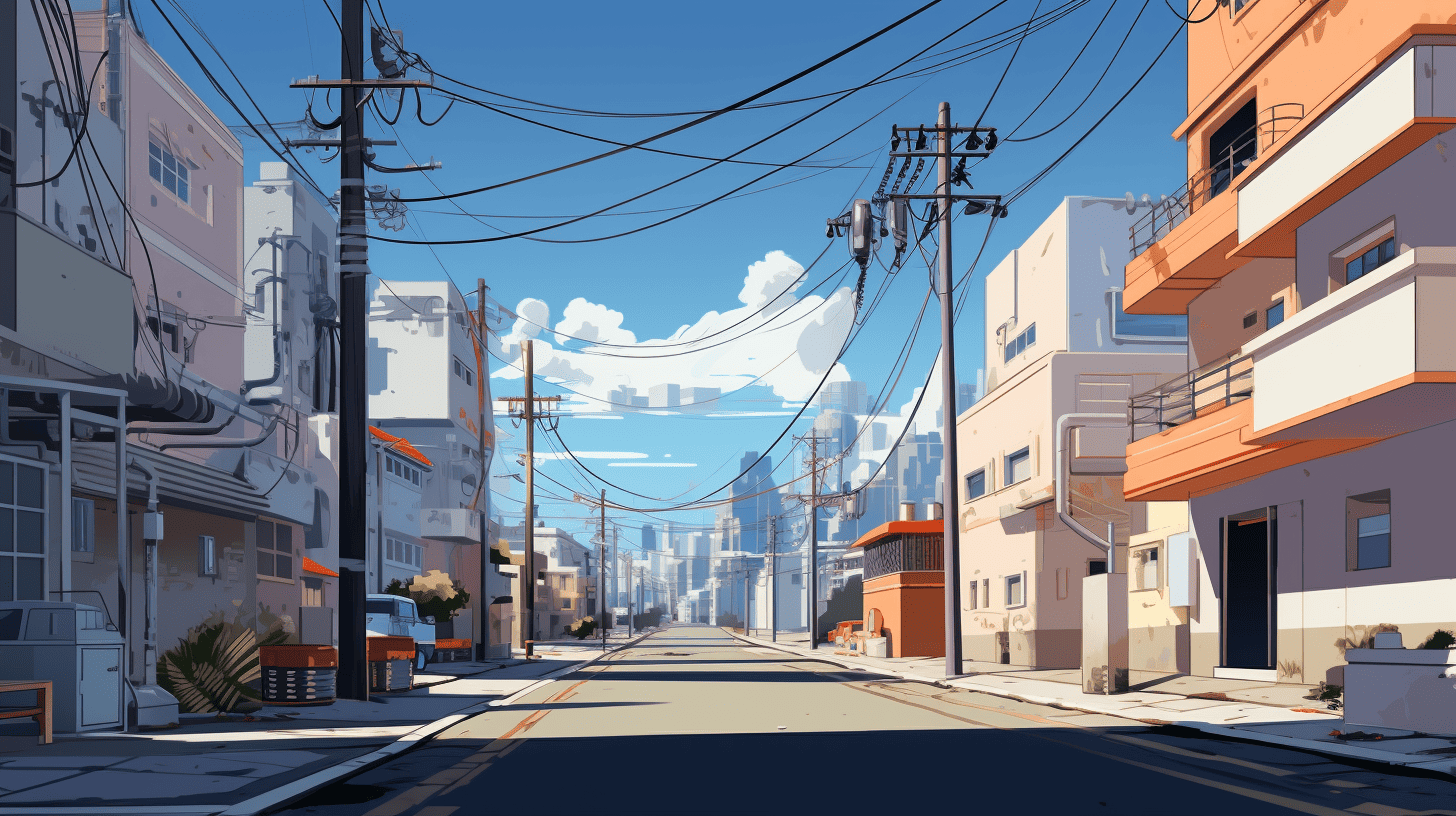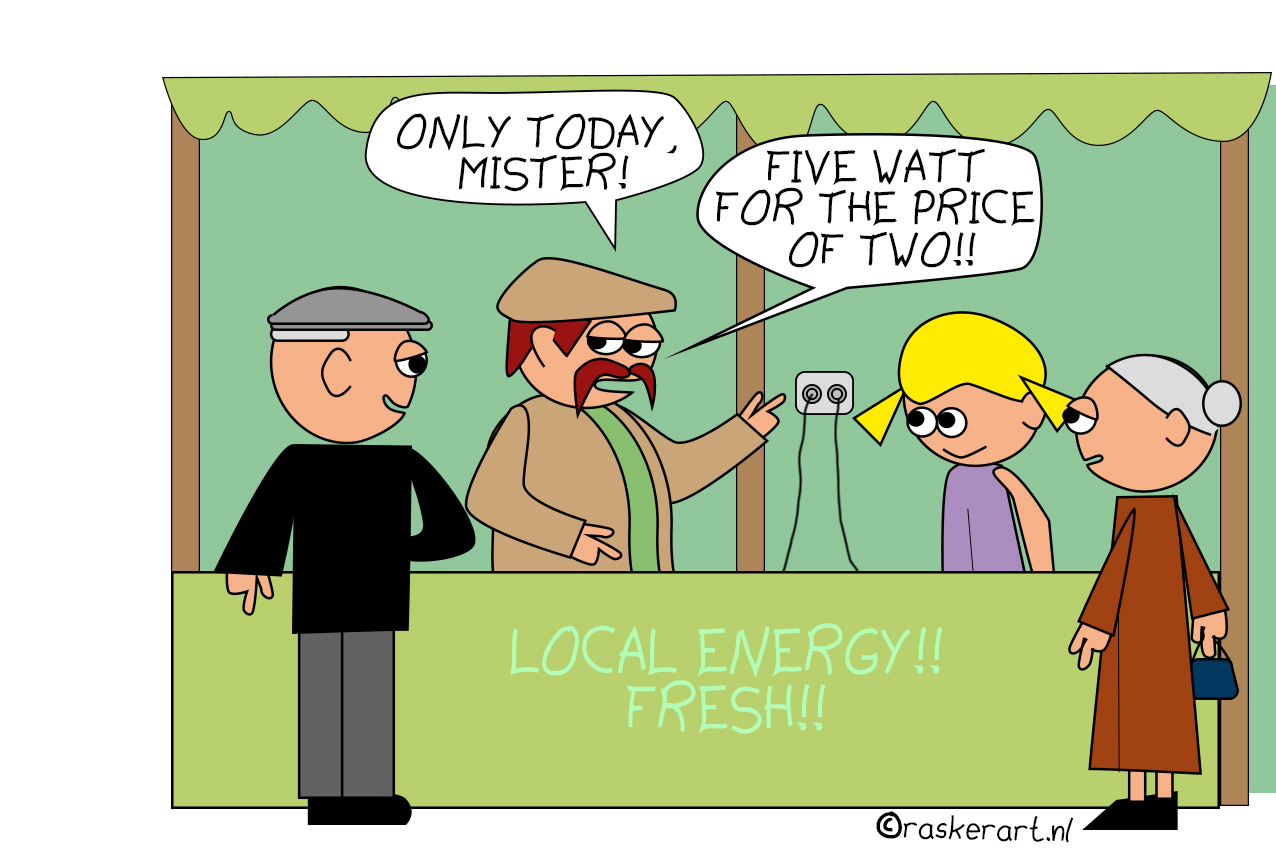
The Netherlands is generating more and more green electricity. This has lead to a surplus of electricity on sunny and/or windy days that we do nothing with. In some places, this surplus is already making it impossible to feed green electricity back into the grid. In last week’s best-read story, Martien Visser argued that this can be done in a smarter way.
Innovation Origins discusses the issue today with Jasmijn Kleij, an innovation analyst of smart energy systems at TKI Urban Energy (a leading knowledge and innovation consortium). Under the banner of Top Sector Energy, this institution brings together Dutch companies, knowledge institutions and other parties that want to work together on sustainable energy or heating. With the help of TKI, around 500 innovation projects have already been started over the past few years in areas such as solar energy and sustainable heating. Kleij is mainly involved in projects surrounding smart energy systems.
She also sees from the negative prices for energy during sunny days that there is a surplus of green energy. As it happens, that surplus is only increasing because more and more solar panels and wind turbines are being added. How do we solve this situation? Kleij immediately clears the air – there is no single solution for the energy surplus. This is partly because our electricity grid was once conceived as a single large system with centralized generation in coal-fired power plants, for one thing. “Now that we are making more and more use of sustainable sources, the generation of energy is much more decentralized and the supply of energy fluctuates more widely. The solutions you need to cope with this can be very different on local levels. So, there is no ideal solution for the energy transition,” as far as Kleij is concerned.
Situation-specific solutions
For example, it is quite possible that a business park with different companies and energy needs could have enough with a so-called smart grid to handle peaks. ” This type of smart grid is not a physical thing. It is software in the meter boxes that intelligently controls the supply and demand of green electricity. Energy is needed at a variety of times on business parks like these. When one company does not consume power but generates it instead, it can be shared with the neighbors who do need it. Opinions are divided as to whether storage – in the form of a battery, for example – is not absolutely necessary. Here, too, it depends very much on the specific situation.”
Whereas some industrial estates may have enough smart software to cope with peaks in green power, to do this in residential areas you will probably still need storage options. Kleij: “There’s much less flexibility in residential areas. People often need energy at the same time, but it is not always available. So you will have to think of something else to store surpluses for later.”
Could you use the power from your e-car’s battery at home?
Like Visser, Kleij does not foresee a very rapid transition to home batteries. But we certainly should not dismiss home batteries as an intermediary solution to the energy transition. After all, we will all be driving electrically soon, won’t we? So why not use energy from the car battery at home when the sun is not shining? According to Kleij, this is easier said than done. “Of course it sounds ideal. There is already a battery pack in the car so you do not need to buy any extra batteries. Plus, when you use the car just to commute to and from work, the car is parked for long periods of time and there should be enough energy left in the battery pack to use in your home.”
Except, unfortunately, it really is not that simple. For example, car batteries cannot (yet) feed back electricity into the grid. This can be solved technically, but according to Kleij, car manufacturers are (still) blocking this. “Just like Apple does not want you to tinker with products yourself, car companies do not want you to tinker with their batteries. They have completely locked this down software-wise. That has to do with battery warranty and safety. Of course they don’t want a charge point to catch fire or a battery to suddenly have a shorter lifespan,” Kleij explains.
That is not the only hurdle Kleij is aware of. Because even if e-cars will soon be able to feed energy back into the grid, a lot of organizational questions remain. “How many electric cars do you need in a residential area to cope with peaks? How do we arrange the charging systems? Who controls it? This could be charging station manufacturers, car manufacturers or independent aggregators who pick this up, depending on incentives from the energy market. A great deal of research is being done on the best way to organize this. The consensus is that it is all technically possible, but good legislation and regulations are still lacking.”
Grid expansion is a slow and expensive project
So, for the time being, there will be no home batteries or tapping power from your electric vehicle. But Kleij thinks that storing green energy surpluses from wind farms or solar fields in batteries could be a good option. “We won’t be able to capture all of it. But studies show that 80 percent is feasible. That is enough for a smaller grid connection. What’s more, you could also use it to phase in the expansion of the grid, because peak loads would not be fed into the grid all at once.”
This is also a common problem: grid congestion. In some places, the grid cannot handle the amount of green electricity that is being fed back into it. Consequently, the only solution seems to be to expand the grid. “In those places, it is simply not possible to fit in new solar parks or wind turbines. But waiting times for upgrading the grid can be several years, which make it a long-term problem. This stands in the way of the energy transition since various regional energy strategies (RES) are aspiring to generate more sustainable energy.”
Towards an energy system on a local level
In order to handle increasing the grid capacity, Kleij believes that the Netherlands must act more quickly. “The market needs to be managed more flexibly. New parties in the market need a license and must comply with a lot of regulations. Grid managers are not allowed to trade in the energy market; they are strictly regulated by the government. Even though they can see what is happening on the grid, you could use this to match supply and demand more effectively. This leads to frustration, especially from the innovative sector; laws and regulations change too slowly.”
The energy system is complex and new regulations take time. In this respect, Kleij considers it important that we approach the energy system from a different angle. Now grid managers and energy suppliers regulate the system from the ‘top down’, while it would be better to start ‘at the bottom’. She already sees this happening more and more in actual practice where locals in residential areas are setting up energy cooperatives. “Because green power is being generated more decentrally and locally, there are more and more initiatives that organize supply and demand from the bottom up. We need to start seeing the energy system in a different light. The focus has to shift more towards decentralized organization on a local level. That is still quite a daunting task.”


